2 Effective Ways to Treat Jowls as an Aesthetics Practitioner
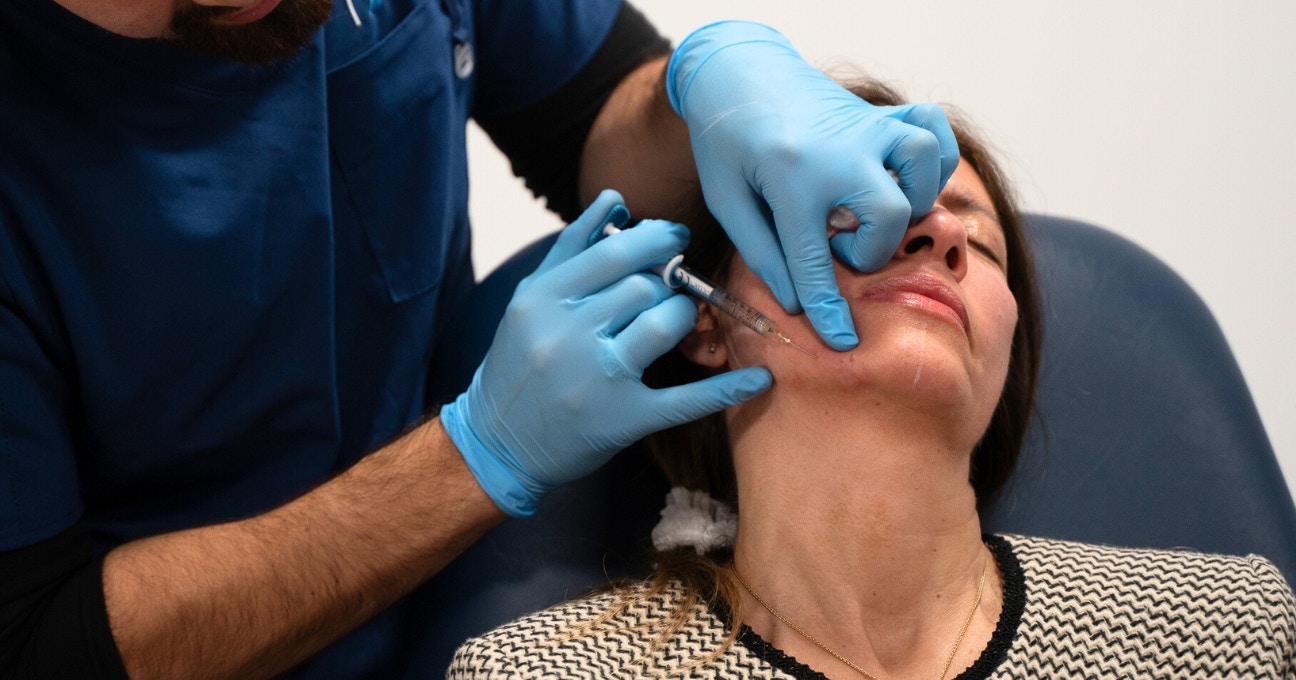
Knowing how to treat jowls effectively - whether for prevention or correction - is a huge asset to your aesthetic practice.
A distinct mandibular border is synonymous with youth. With ageing, we can lose this jawline definition, including the formation of jowls. These are multifactorial in origin with tissue ptosis being caused by fat atrophy and change in position.
There are many techniques for addressing this but here we’re concentrating on the two most compelling non surgical options…
Where are jowls located exactly?
Harley Academy Founder and CEO, Dr Tristan Mehta, explains jowl formation as follows. You can also watch him demonstrate this with a mannequin in the video above.
“If someone is experiencing a descending area of skin along their jawline, in front of it we have the mandibular ligament. Behind it we have the masseteric ligament. These are the boundaries of the jowl,” he advises.
“Then we have our subcutaneous fat pad which is descending, often because we’ve lost volume in the lateral temporal cheek fat. Also because there’s often some photoageing and, of course, gravity along with deeper volume loss in the bone and deep fat.
“All of these factors contribute to jowl formation,” he confirms.
How to assess for jowling
Before we get into the best treatments for jowls, let’s look at how you assess patients for jowling.
Firstly, listen to what your patient tells you. Jowls are usually something a patient will point out themselves. It’s a concern they can identify and name directly. They may also refer to it as ‘sagging’ or a feeling that ‘everything’s headed south’.
Secondly, jowl formation is generally easy to spot, even without baseline images. Whether it’s subtle softening of the jawline where it meets the chin or a more obvious descent, this should be fairly obvious upon facial assessment.
When examining the face, also consider surrounding areas that may benefit from complementary treatment where jowls are present. These can indirectly improve the appearance of jowls. These include:
- The mid-face and preauricular region
- Marionette lines
- Nasolabial folds
- Mentalis toxin to prevent upwards rotation of the chin
- Chin filler.
Doing so will allow you to form a fully-rounded treatment plan to discuss with your patient.
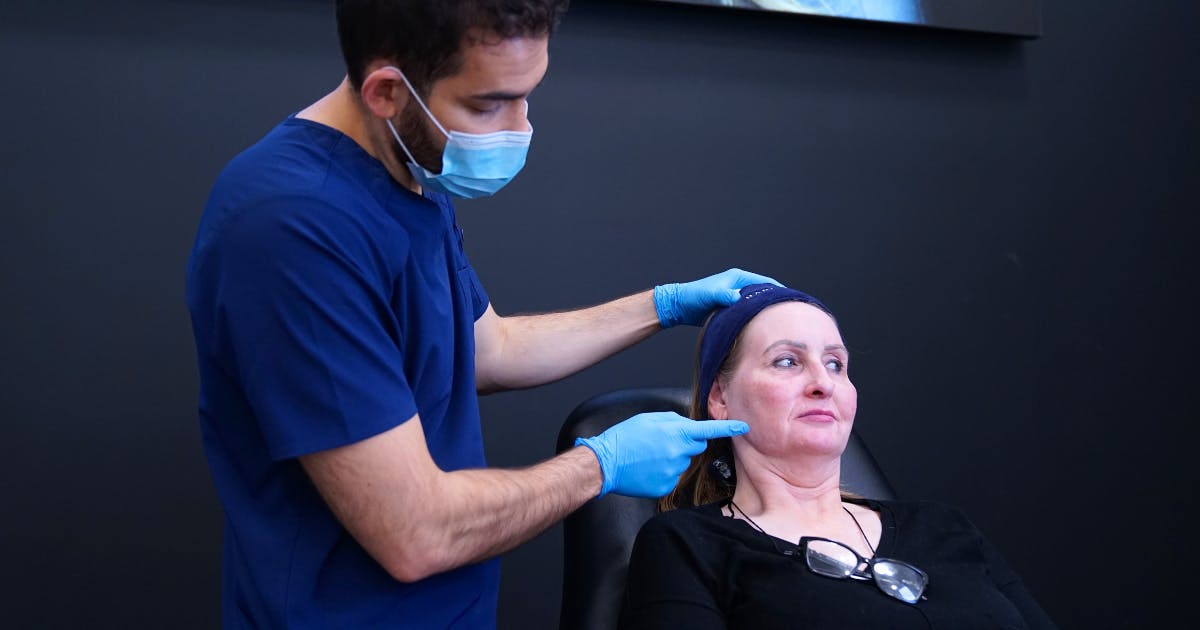
Check your patient’s skin quality first
As skin laxity may play a role in the descent responsible for jowling, it’s wise to assess your patients’ skin first.
Where laxity is a concern, consider adding initial steps to improve and tighten the skin. These could include:
- A course of microneedling or radiofrequency microneedling treatments
- Two sessions of Profhilo (initial treatment and recommended follow-up)
- Topical use of retinol skincare to strengthen the skin and improve firmness.
It’s always a good idea to include this in any facial assessments for rejuvenation concerns. Taking a ‘skin first’ approach will ensure the results of any injectable treatments really shine!
2 ways to treat jowls effectively
Dr Tristan counsels, “What we don’t want to do is put filler into the jowl and make it heavier. We don’t simply want to camouflage it with a little bit of filler in front.
“We want to think holistically about how we can rejuvenate the tissues. Think about the layers of the skin, the subcutaneous fat and the deep bony structures in combination. That’s how we get the best results when treating the jowls.”
The following two treatments are our go-tos for treating this common aesthetic concern. They deliver safe, natural-looking results using non surgical techniques
Note that this area is challenging to treat. As such, it’s paramount to establish realistic expectations during your consultations. For some patients, surgical management may be a better option.
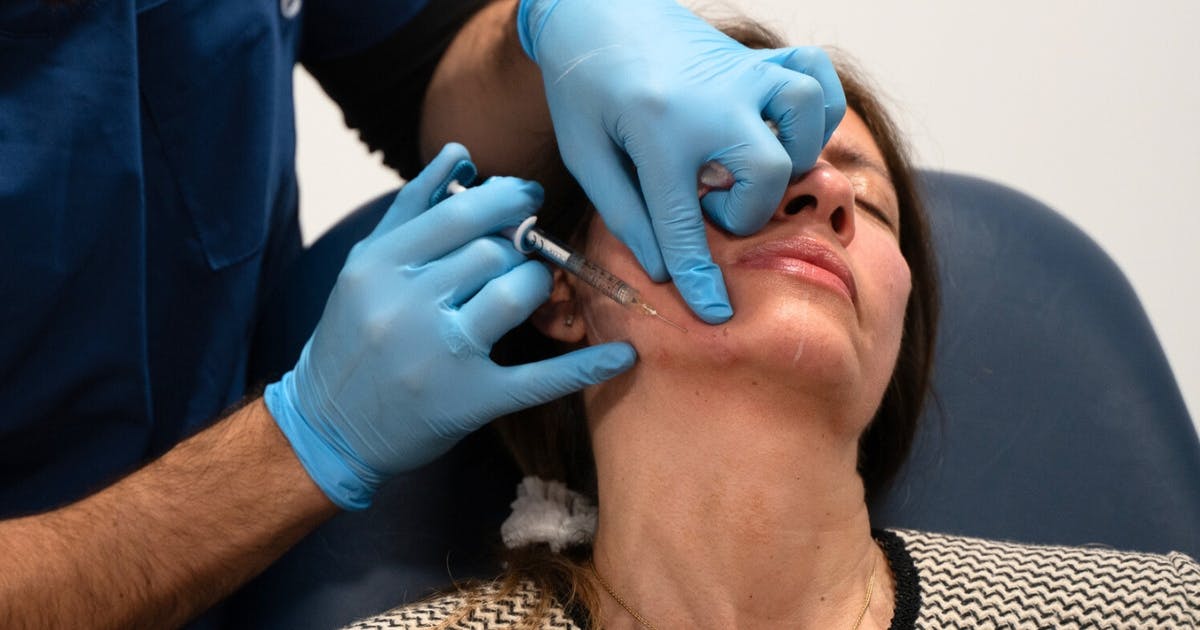
1. Treating jowls using filler
We’ve previously discussed how to use dermal filler to treat jowls. This can be done in two ways but often a combination of both is most effective:
- Contouring of the jawline
- Restoring volume to the mid-face and preauricular region.
These filler treatments are reliable for creating a more uniform jawline and subtly ‘pulling up’ the lower face by addressing volume loss. They do need to be considered in context of the overall facial shape.
When injecting the jawline, you’ll want to use a mid-to-firm product with a medium-to-high G prime. We recommend using a 22G cannula to inject into layer 2 to provide definition and support to mobile subcutaneous tissue.
For mid-face treatments, a needle may be preferable for lateral cheek filler treatments. A 22G cannula can be used for medial and lateral cheek filler administration.
Both lateral and medial cheek filler can be injected into the deep subcutaneous tissue at layer 4 using a firm-to-medium G prime product. If using a cannula, you’ll inject the product using a linear threading or radial fanning technique. You may want to give the area a firm massage if you can see or feel lumps.
Learning to contour the mid- and lower face with fillers
The primary treatments involved in treating jowls with filler are:
- Medial cheek filler
- Lateral cheek filler
- Preauricular filler
- Marionette line filler treatment
- Jaw filler
- Chin filler.
We teach these treatments during our postgraduate level, Ofqual-regulated injectables course, the Level 7 Diploma in Botox & Dermal Fillers.
From the underlying anatomical and skin ageing considerations, to administering these filler treatments safely. Our JCCP-approved course offers a postgraduate aesthetic medicine qualification.
It can be combined with our Cosmetic Dermatology Course for added certification in skin treatments. These include skin assessments, bespoke skincare routine and treatment planning, microneedling, polynucleotides, skin boosters and chemical peels. By approaching your aesthetics education in this rounded way, you’ll be able to treat patients more holistically from the start.
For targeted training on this specific indication and combining filler treatments to best effect, take our Facial Contouring Masterclass. Formerly known as our Cheeks, Mid-Face & Lower Face Filler Masterclass, you’ll learn how best to provide multi-area results.
This full day Injectables Masterclass takes place at our flagship campus, Harley Academy Threadneedle Street. So you can spend a dedicated day levelling up your confidence and skills, ready to delight your patients!
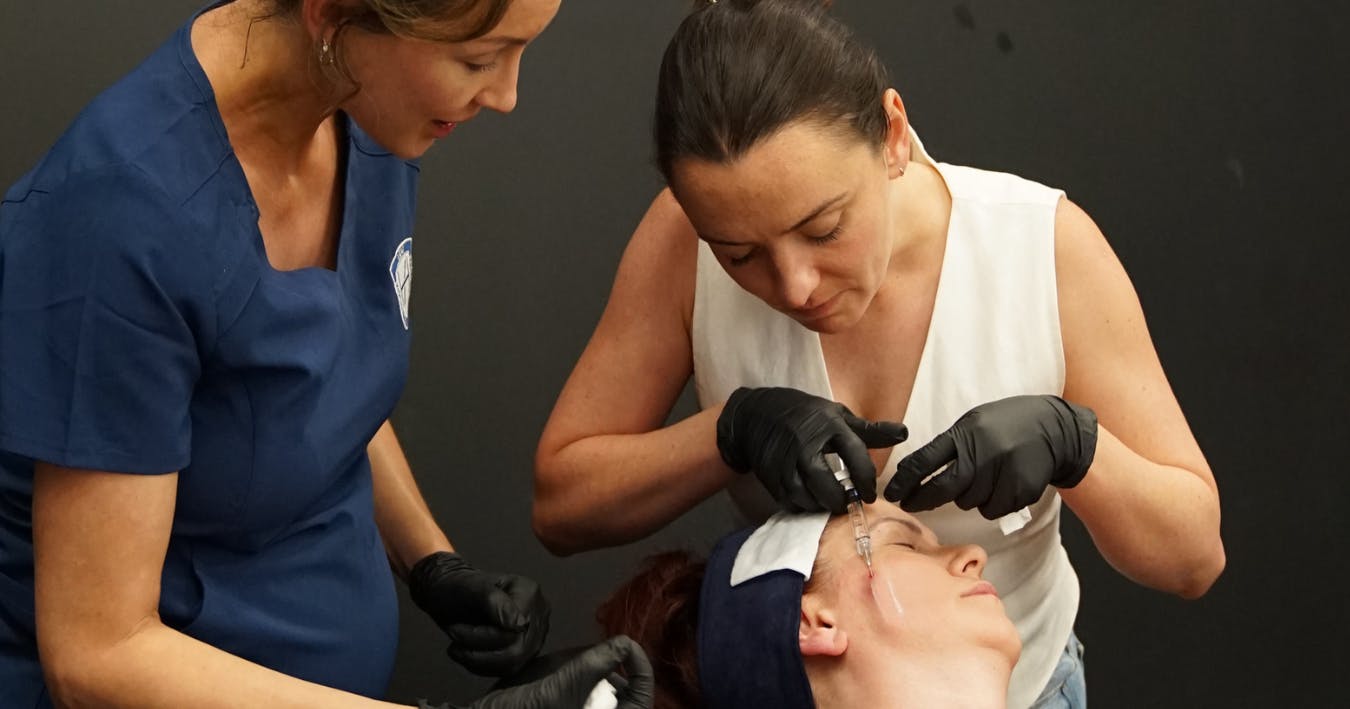
2. Using Profhilo Structura to treat jowls
Jowling is one of the indications Profhilo Structura was designed to address without filler.
What is Profhilo Structura?
Structura is a breakthrough regenerative skin treatment that’s landed with a bang! Launched in 2024, it looks set to follow in its sister product, Profhilo’s footsteps for patient popularity. We’ve seen huge treatment demand since launching this service into our clinics.
From an aesthetics practitioner's point of view, this novel product offers the following benefits:
- Restores subcutaneous fat to treat facial ‘sinking and sagging’
- Works at a deeper level than other skin treatments
- Stimulates collagen and elastin production
- Provides filler-like results
- Solid safety profile
- Straightforward to administer.
As HA-Derma’s only official UK training partner for Profhilo products, we were early adopters of Structura. Harley Academy’s Chief Medical Officer, Dr Emily Mehta explained why she was keen to introduce it to patients at STORY Clinics and The Academy Clinic.
“I’m very excited about this product,” enthused Dr Emily after the official launch in June 2024. “I’ve already used it on some patients. It’s very easy to incorporate it into your clinical practice and it gives people what they’re looking for. In more recent years there’s definitely been a shift towards wanting more regenerative treatments that have ongoing benefits for the tissues involved, rather than just temporary cosmetic treatments…
“If your patients are starting to see sinking or sagging skin as they age, this means that there’s a treatment option for them. It’s arguably safer than filler and has regenerative ongoing benefits as well as more shorter-term results.
“This product helps reduce the ageing changes in the fat but because of the way that it spreads, it will also help the overlying skin in the same way that Profhilo does.”
You can read more from Dr Emily in our article: What is Profhilo Structura? The New Regenerative Skin Injectable.
How to use Profhilo Structura to treat jowls
First determine whether your patient's jowls are caused by ‘sinking’ or ‘sagging’. Although it’s most likely the latter, hollowing combined with gravity may also result in descending skin.
‘Sinking’ involves the face looking predominantly hollow or sunken. The lateral cheek will often display signs of adipose tissue depletion. Patients will usually have thinner skin where the underlying bone structure is apparent.
‘Sagging’ - the most likely indication for jowl patients - presents as noticeable tissue ‘droop’ and fat bulges. Tissues appear to be descending with a loss of integrity in the connective tissues. Generally the patient will have thicker skin with volume concentrated in the lower face.
Structura injection techniques for treating facial sagging
Profhilo® Structura should be injected using a 25G x 38mm cannula with an entry point 3cm from the tragus. You’re injecting into the superficial fat compartment of the preauricular area and zygomatic arch.
In terms of how much product to deposit, 0.5ml injected into the preauricular area on each side is recommended in retrograde linear threads. A further 0.5ml should be administered to the zygomatic arch on each side.
You’ll learn all this on our official Profhilo Structura Training Course. This requires you to have already completed regular Profhilo training and have the relevant course certification. However, if you haven’t yet done this, we now offer a full day of Profhilo learning with classic Profhilo in the morning and Structura in the afternoon! Book a call with our Course Advisors for all the details.
Structura aftercare and maintenance
Patients may experience swelling and a feeling of fullness in the lower cheeks for around 24-48 hours post treatment.
As with Profhilo, Structura requires two initial treatments 30 days apart, then maintenance. This should take place every 4-5 months, making it a great option for building your patient relationships as well as delivering great results. Seeing them more often will allow you to support them through their treatment journey.
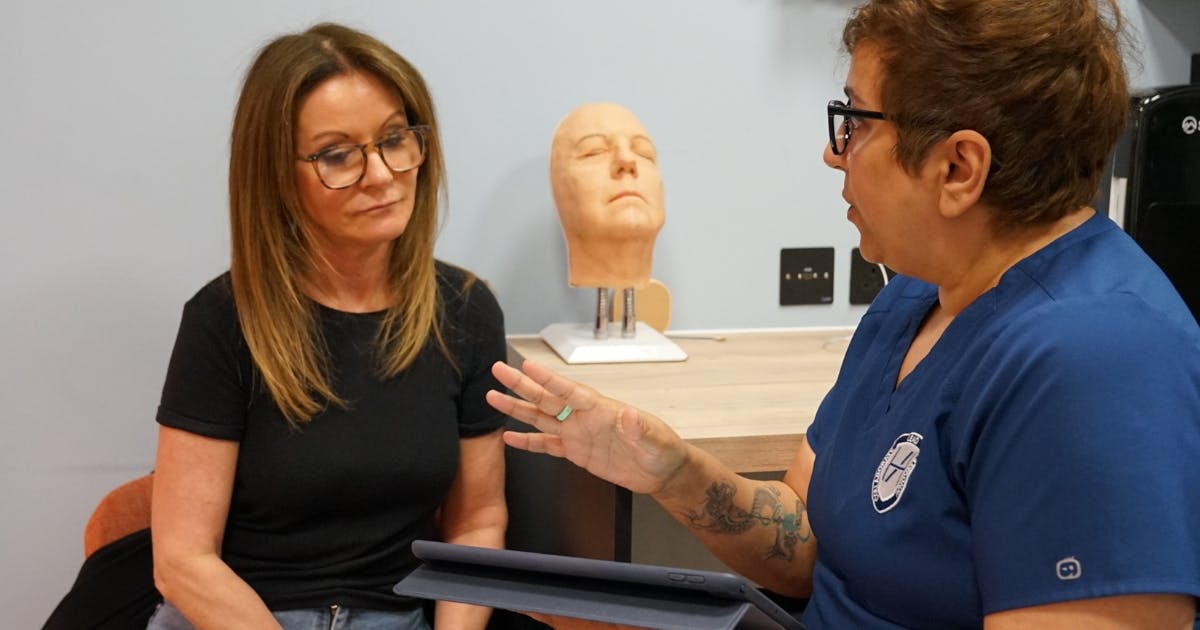
Which treatment is best for treating jowls?
Trying to decide whether fillers or Structura are better for your patient’s jowls? There’s a straightforward question you can ask to find out:
“How long are you willing to wait to see the best results?”
If the answer is that they want to see results immediately or very soon, filler treatment is the best option.
Those who are willing to wait longer are great candidates for Structura. As a regenerative treatment, it takes time to see the results of stimulating the body’s natural collagen, elastin and adipose production.
All information correct at time of publication
Download our full prospectus
Browse all our injectables, dermal fillers and cosmetic dermatology courses in one document
By submitting this form, you agree to receive marketing about our products, events, promotions and exclusive content. Consent is not a condition of purchase, and no purchase is necessary. Message frequency varies. View our Privacy Policy and Terms & Conditions
Attend our FREE open evening
If you're not sure which course is right for you, let us help
Join us online or in-person at our free open evening to learn more
Our Partners




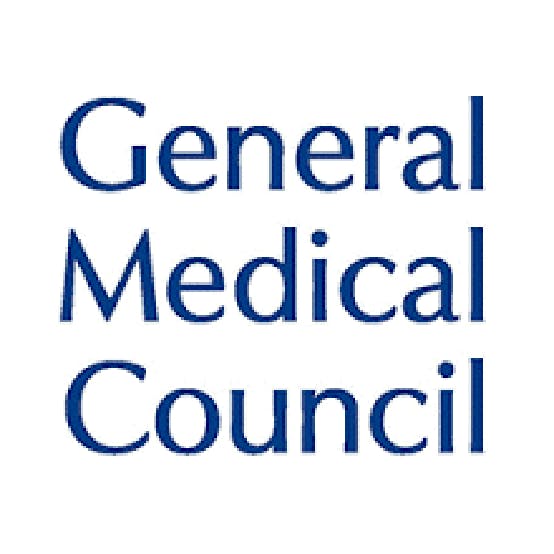









STAY INFORMED
Sign up to receive industry news, careers advice, special offers and information on Harley Academy courses and services


